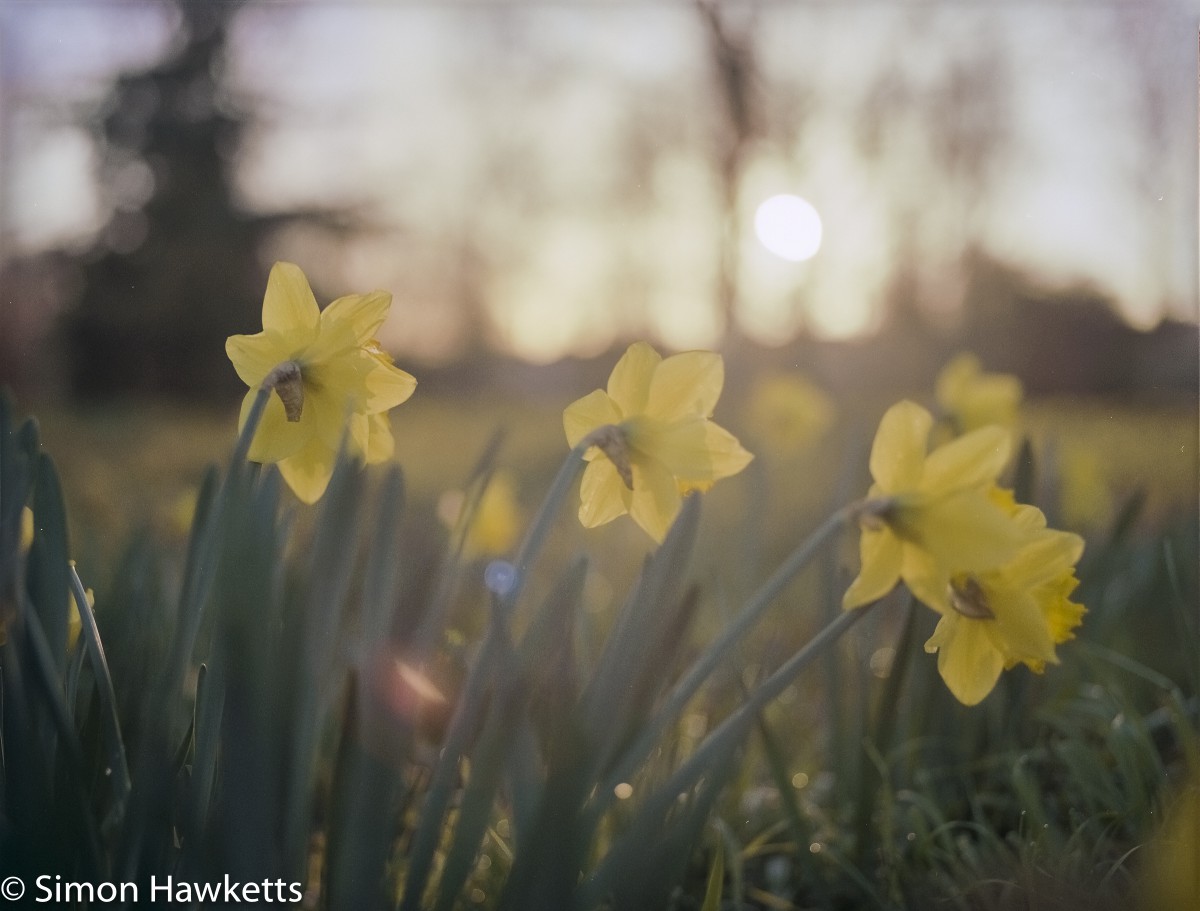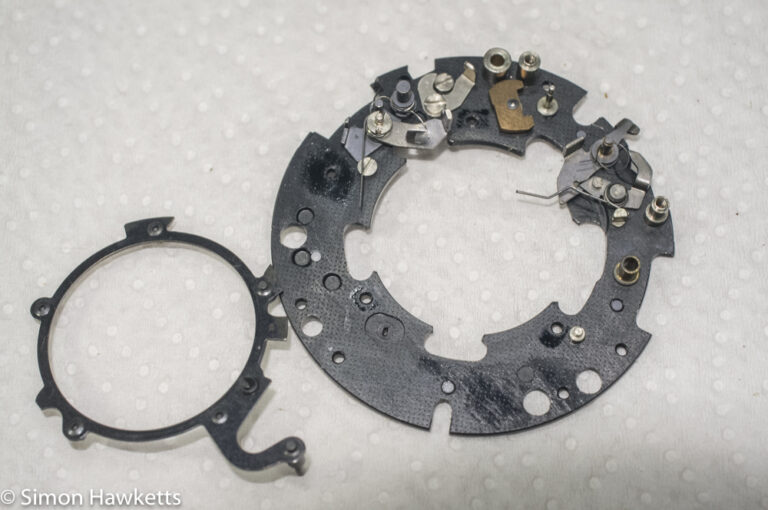Bronica ETRsi Sample photos on Portra 160 film
I bought my Bronica ETRsi medium format camera a couple of weeks before Christmas last year and as I’ve just developed my first roll of Portra 160 Colour film exposed in it, I thought I would use this post to highlight the Bronica ETRsi sample photos.
Bronica ETRsi sample photos
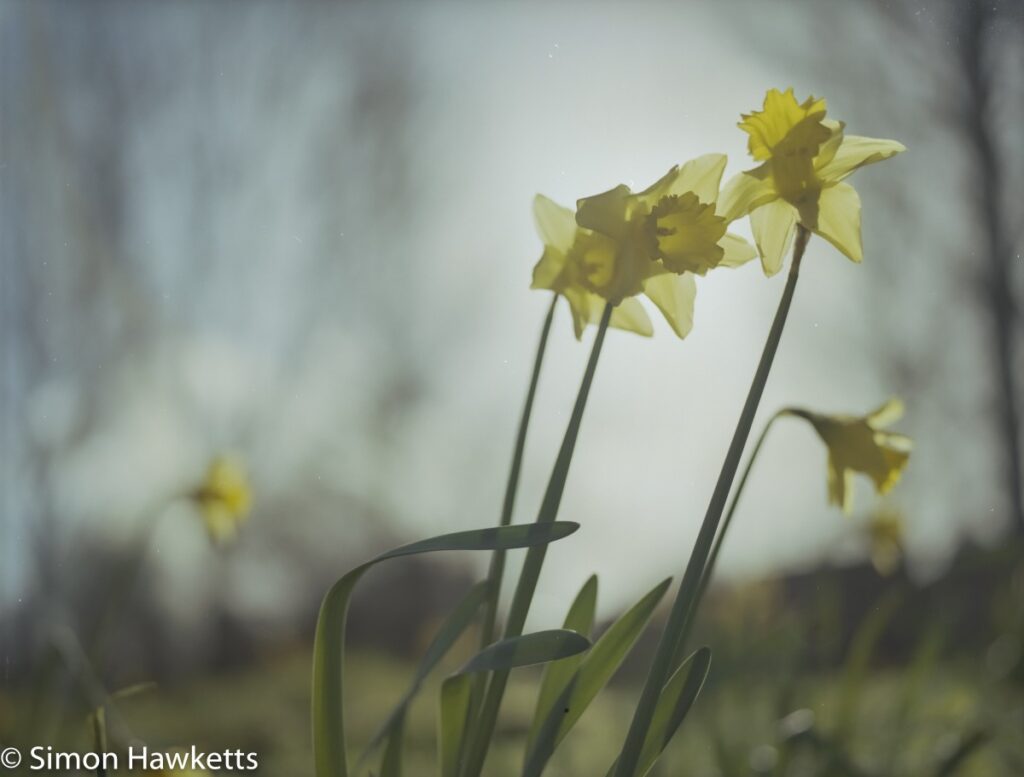

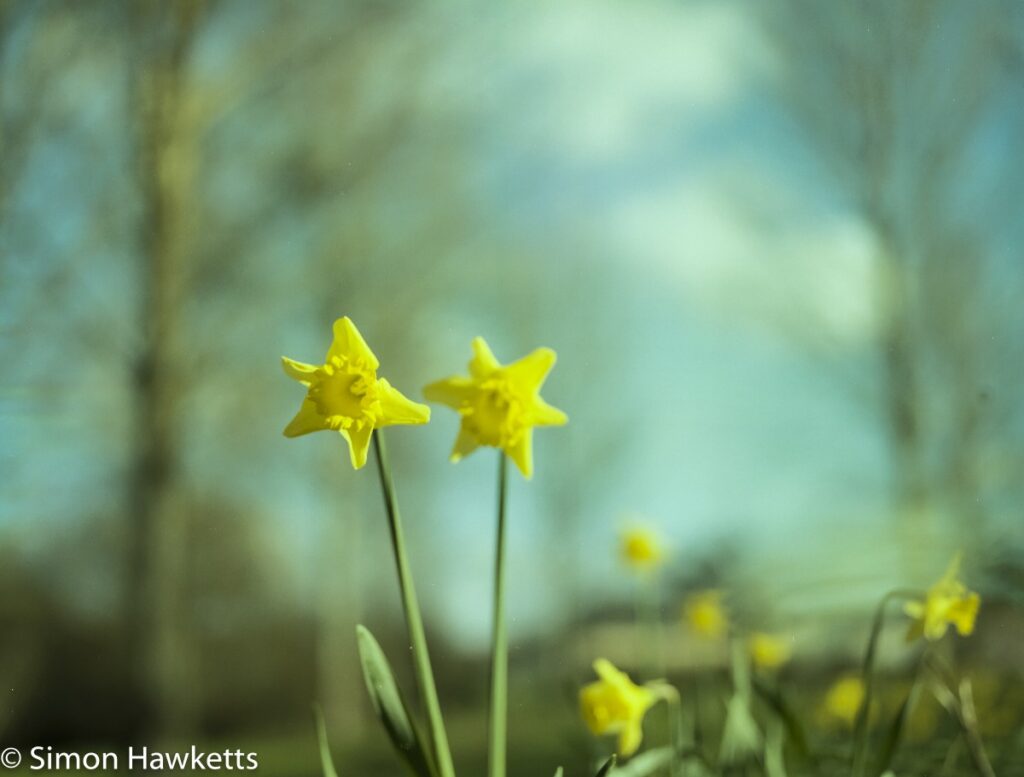
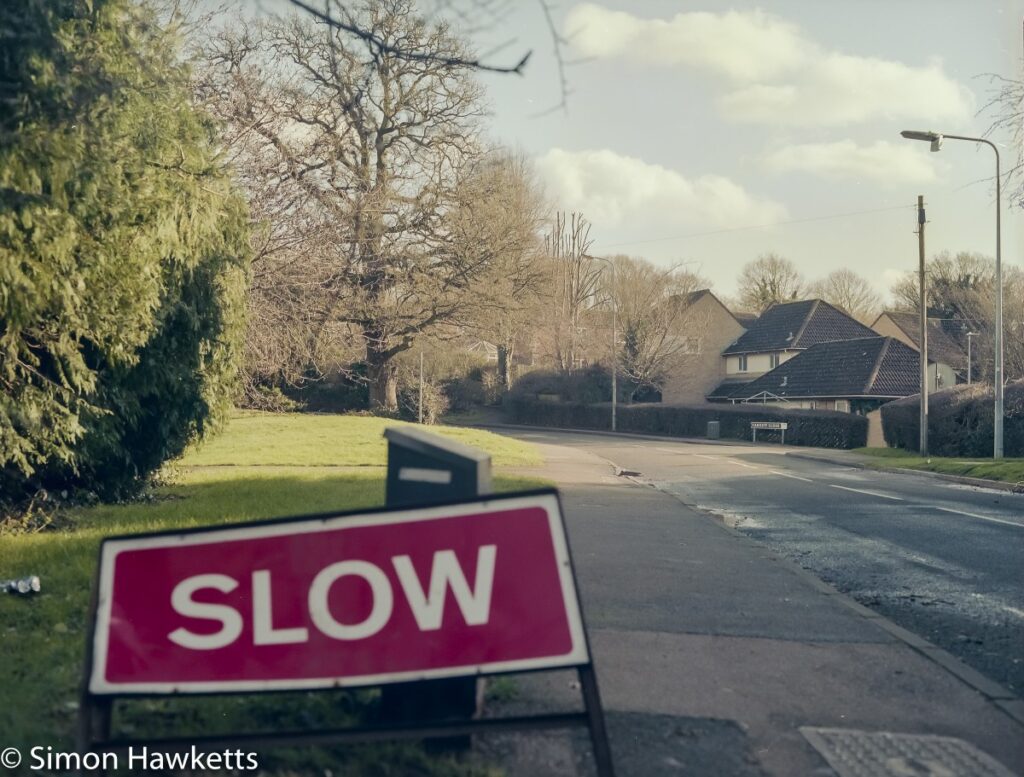
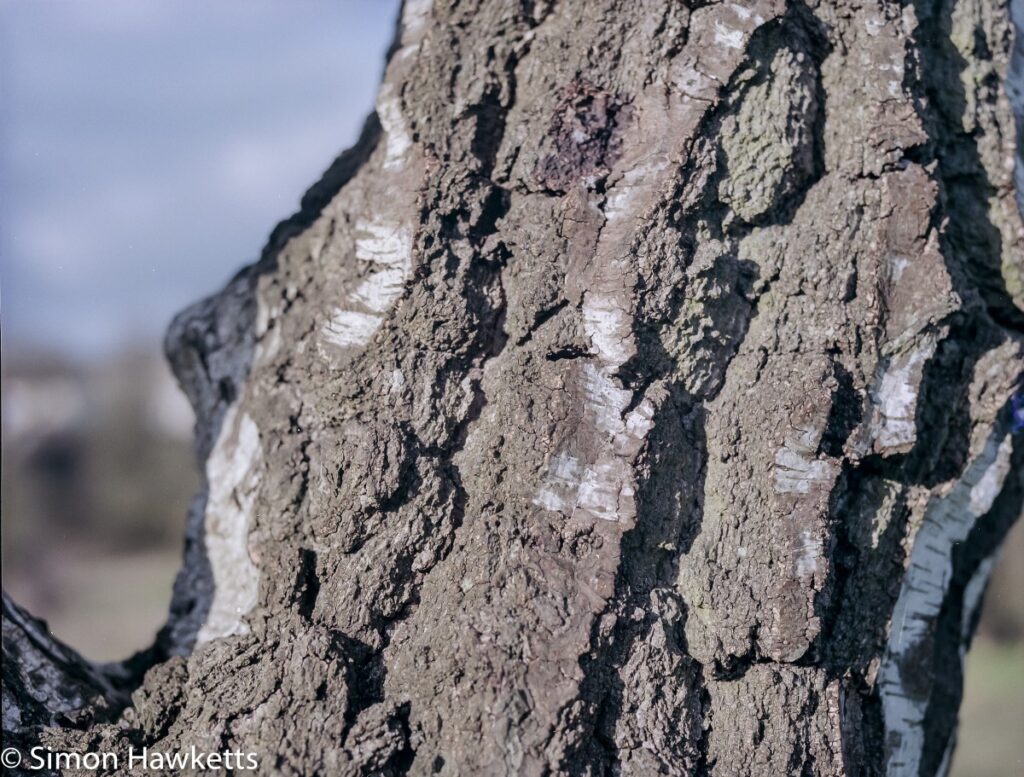
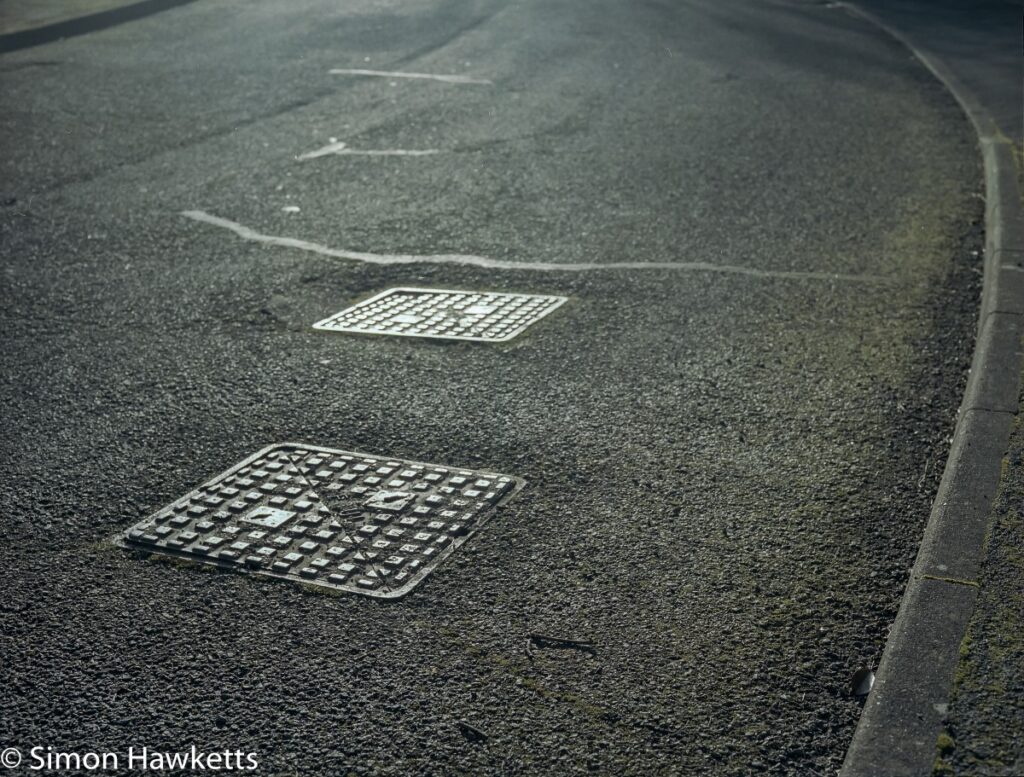
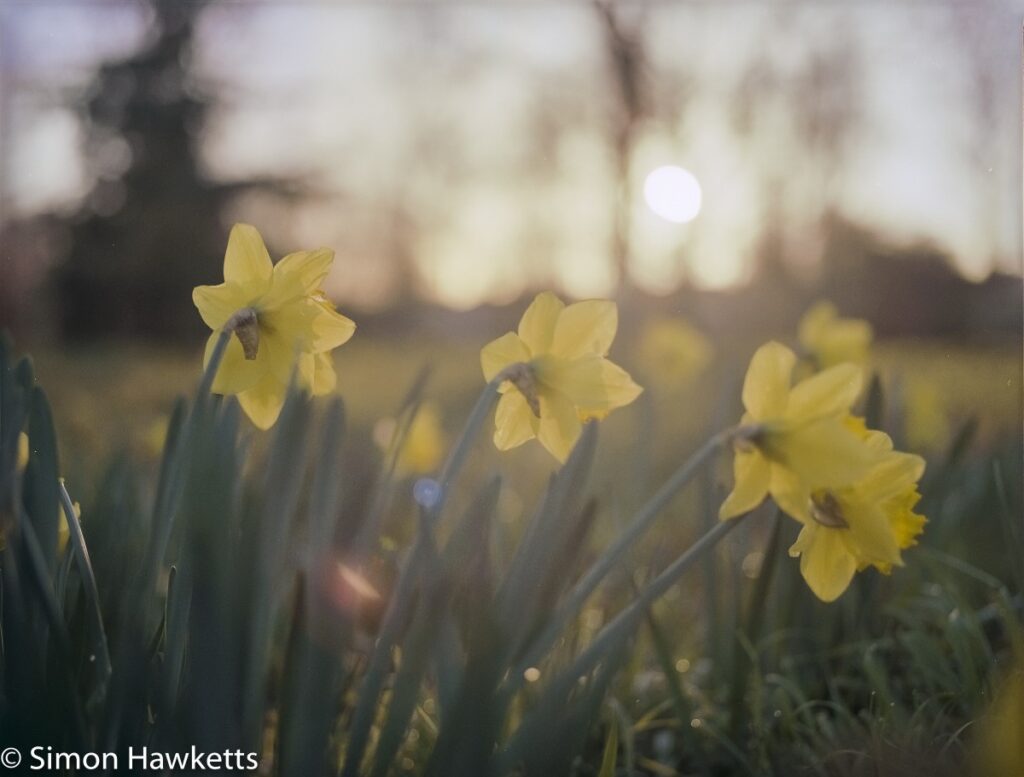
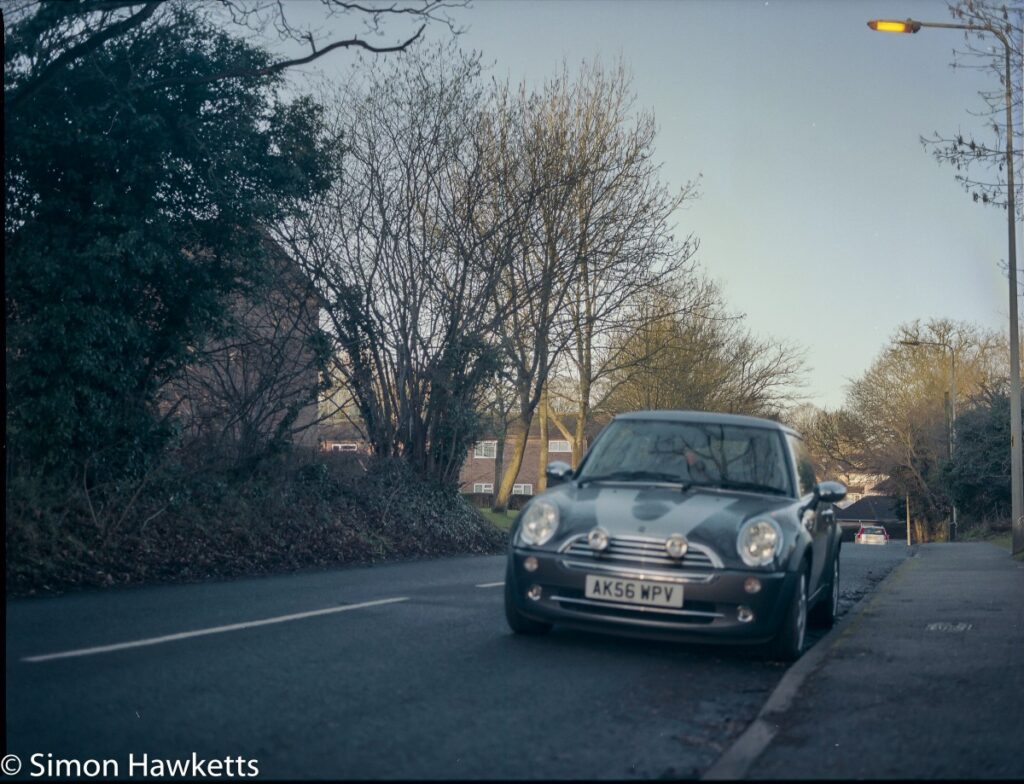
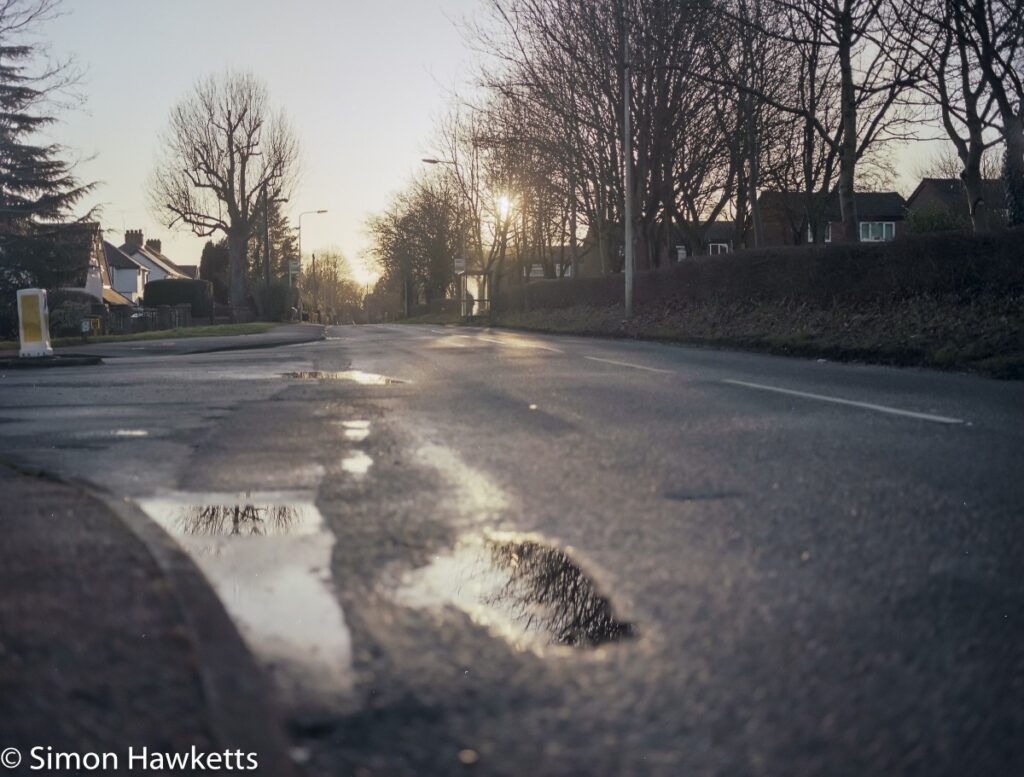
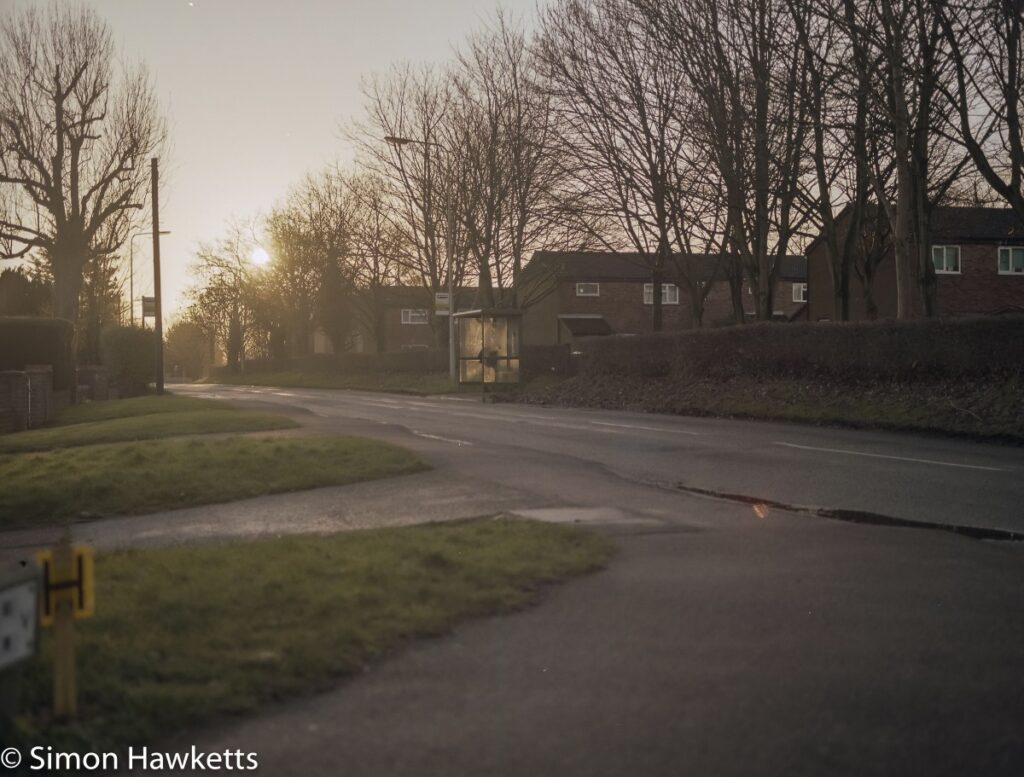
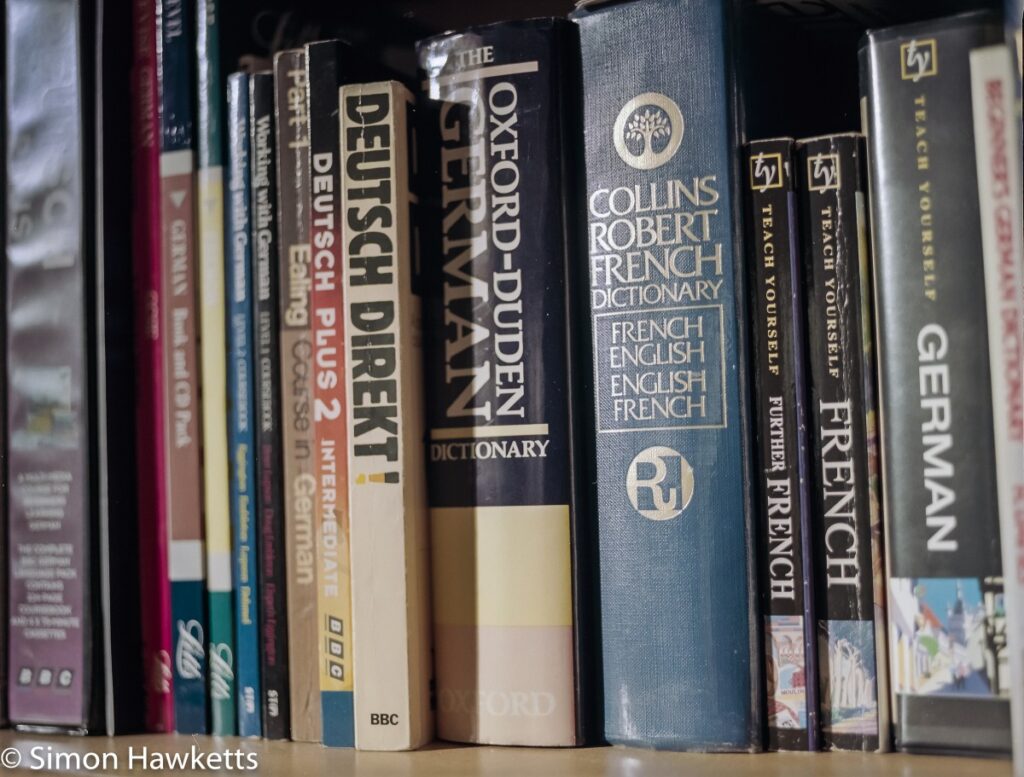
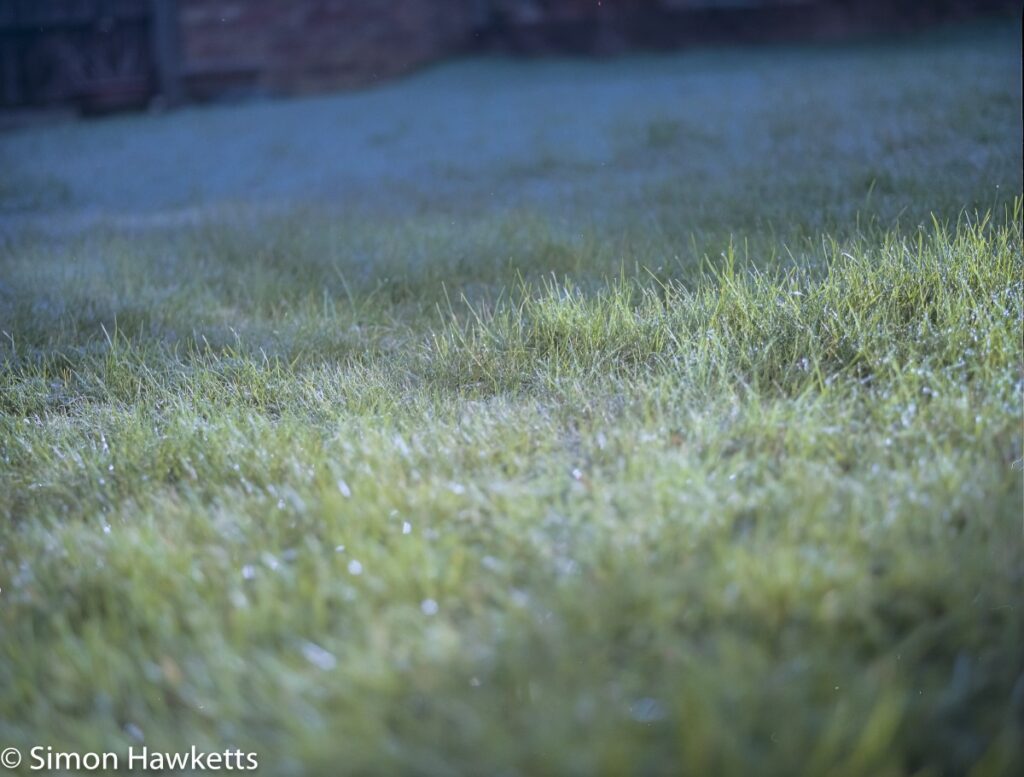
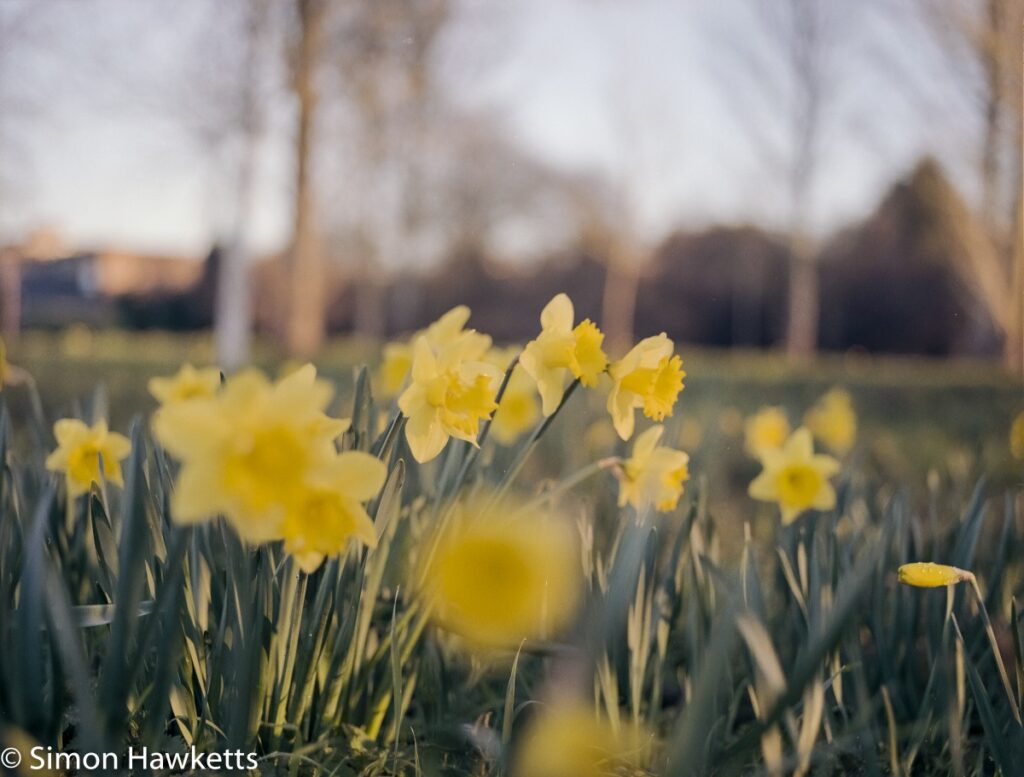
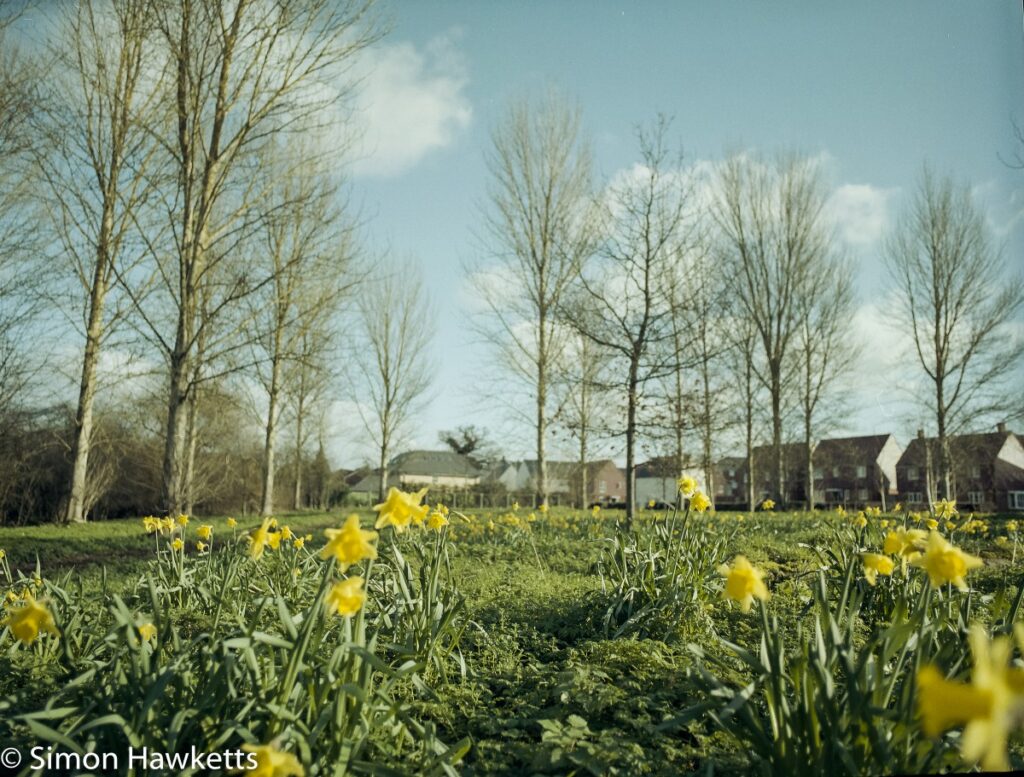
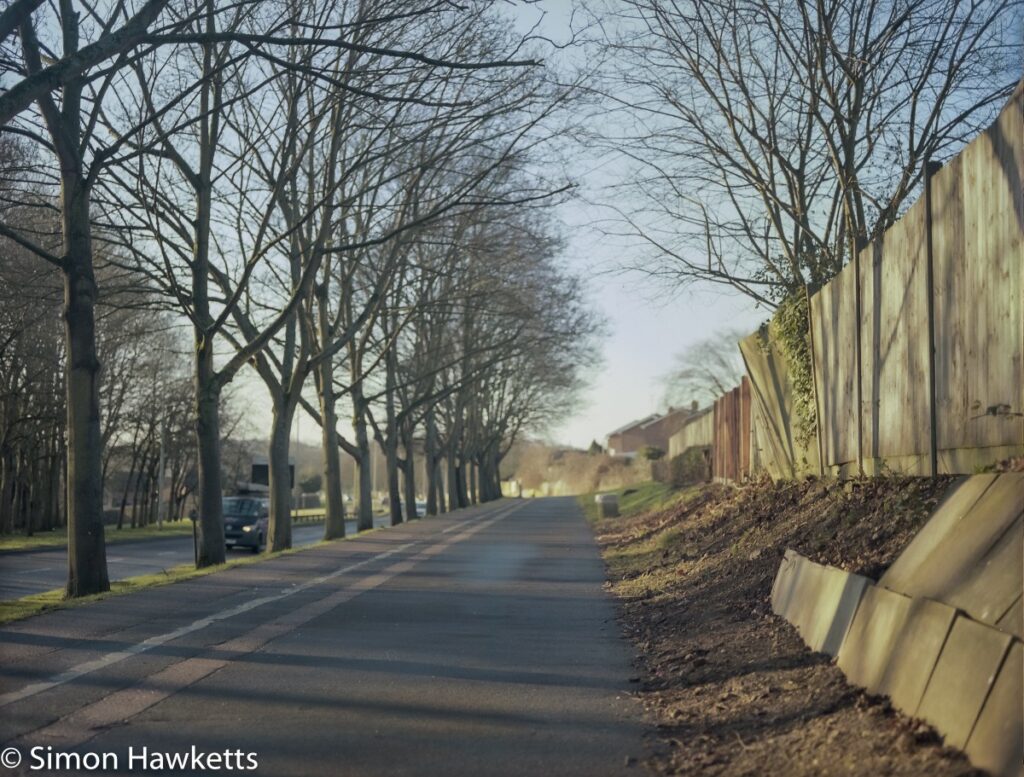
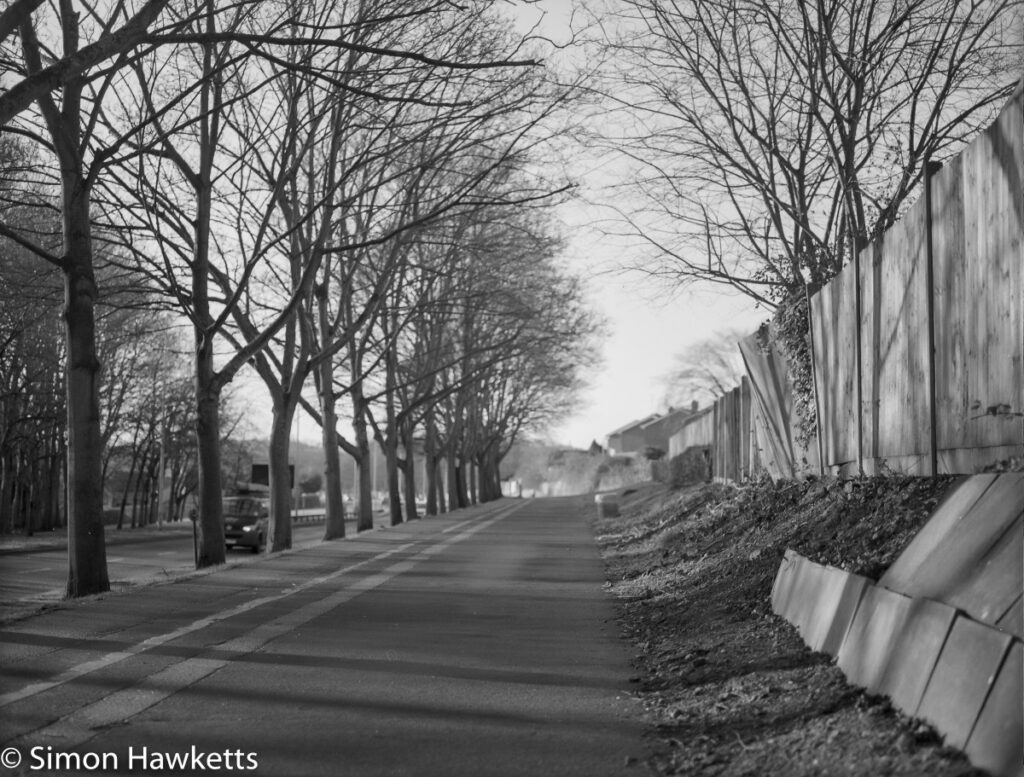
Although I’ve developed a couple of 35 mm colour films before, this is the first roll of medium format film, and the first roll of Portra I’ve developed, so I was interested in seeing how the results differed from those 35 mm Kodak Color 200 pictures.
Unfortunately, like most enthusiastic photographers, my capacity for taking photographs far exceeds my opportunities for interesting photo subjects, so these pictures are again just images I’ve captured from my local walks around the neighbourhood. In contrast to when I test lenses on digital cameras however, these pictures were captured over a period of about 8 weeks rather than a couple of days – I guess that is the nature of film photography.
The first 10 exposures were made with accurate metering from a hand-held light meter set to ASA100 (I’d read about always slightly over-exposing Portra 160) and metered in the shadows, but the last 5 were made by a combination of Sunny 16 and pure guess work. When I looked at the pictures after development, I found it is actually quite difficult to see which pictures had been accurately metered and which had been guessed. I get the impression that as long as you err towards over exposure rather than under exposure, Portra will allow a large range of exposures to give good results.
The development was carried out using the Digibase C41 kit I purchased a few weeks ago, and followed the same 25 °C/13 minute colour developer timings that I last used because they had been so successful. The digibase timings are supposed to be extended from film 4 onwards, so because this was the third film I’ve developed with the kit, and because it was a medium format film (and therefore represented film 3 & 4), I increased the development time slightly to 14 minutes. I followed this with a 7 minute bleach and a 7 minute fix. All the processing stages had tank inversions every 30 seconds for agitation.
I scanned the film using my Epson V550 flat bed scanner using a resolution of 3200 dpi and turned off all the auto options at the scanning stage, preferring to make any adjustments in Lightroom.
When I’d imported the scans into Lightroom, the biggest difference I noticed during the post-processing was the lower level of colour noise in the negatives. Whereas the last batch of 35 mm negatives I processed had quite a lot of colour grain I needed to remove, these were by contrast much cleaner. In fact, in terms of pure grain size, they were also much cleaner than the last set of black & white medium format negatives I developed, so I have a really high opinion of Portra as a general purpose film. As a test, I converted one of the pictures to black & white just to see how it would look, and I’m quite impressed with the results of that as well.
All in all, I’m very pleased with both the Bronica ETRsi and Portra 160. I think the colour is impressively life like, the definition and contrast are excellent and the grain structure very low. What I now intend to do is take the camera into London for a day and try to get some more photogenic subjects in front of the lens!
Discover more from Everything Vintage
Subscribe to get the latest posts sent to your email.

